Optimal Timing for Water Treatments
Proper timing for water treatments is essential to ensure water quality and system efficiency. The optimal time varies based on seasonal changes, water usage patterns, and specific system requirements. Conducting treatments at the right moments can prevent buildup of contaminants, reduce system wear, and maintain water safety standards.
Spring and fall are ideal for comprehensive water treatments to prepare systems for increased usage or to address seasonal water quality variations.
Regular treatments should be scheduled annually or biannually to maintain water system performance and prevent buildup.
Timing treatments before and after peak usage periods ensures optimal water quality during high-demand times.
Temperature fluctuations and weather conditions influence when treatments should be performed for maximum effectiveness.
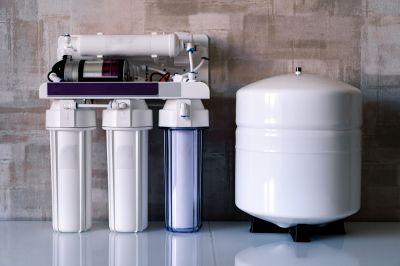
Advanced systems for efficient water purification.
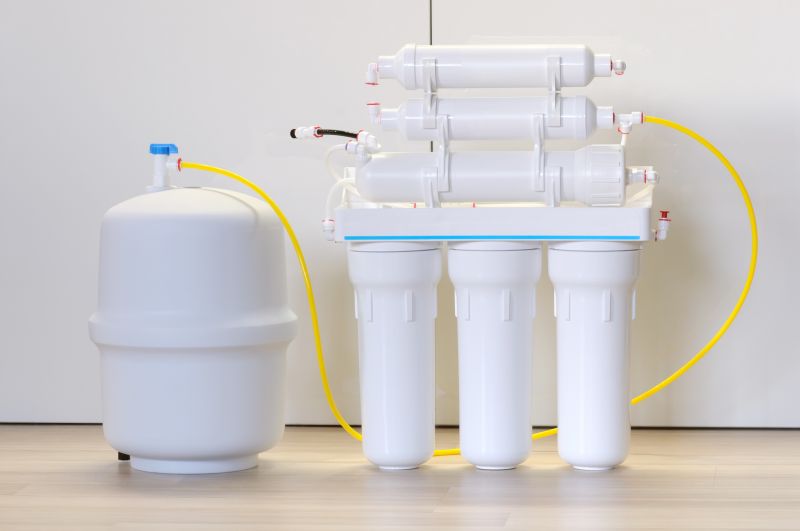
Using precise chemical applications for water quality improvement.
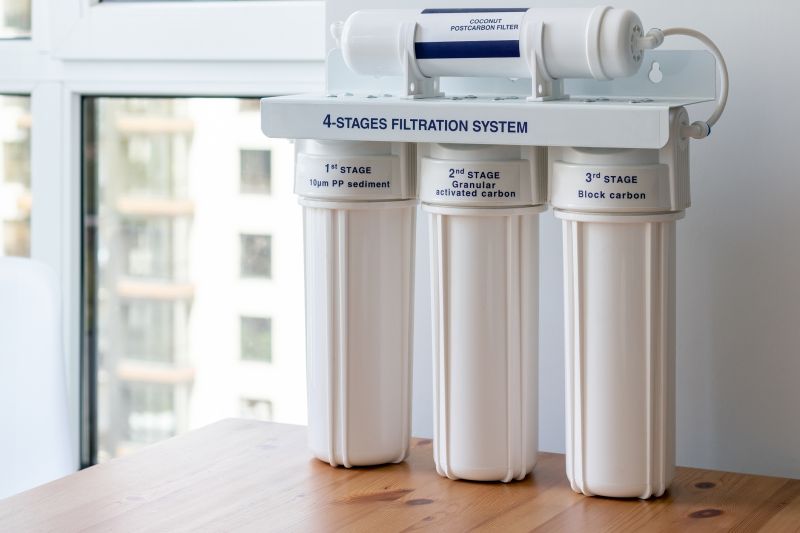
Multi-stage filters for removing impurities.
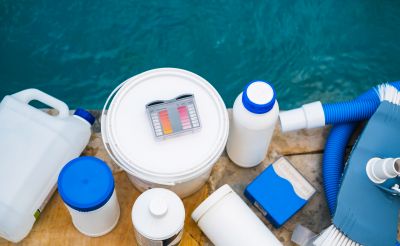
Tools for monitoring water quality levels.
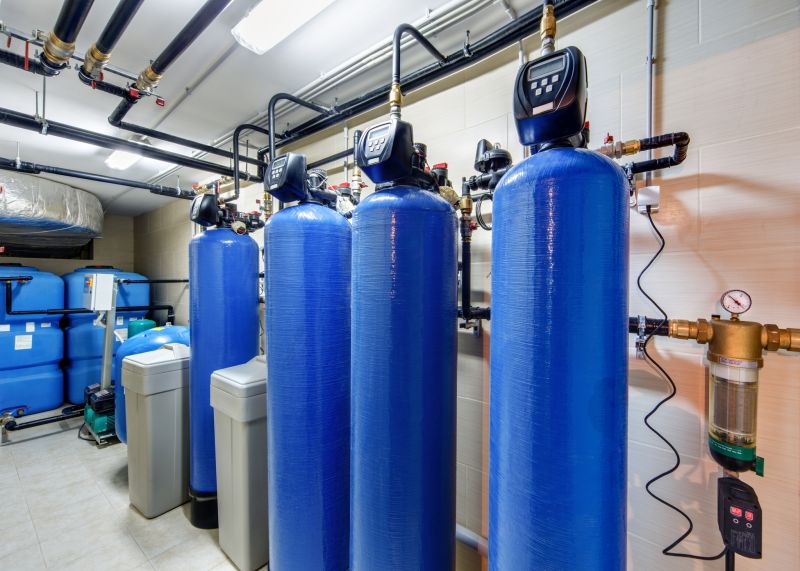
Regular treatment planning and execution.
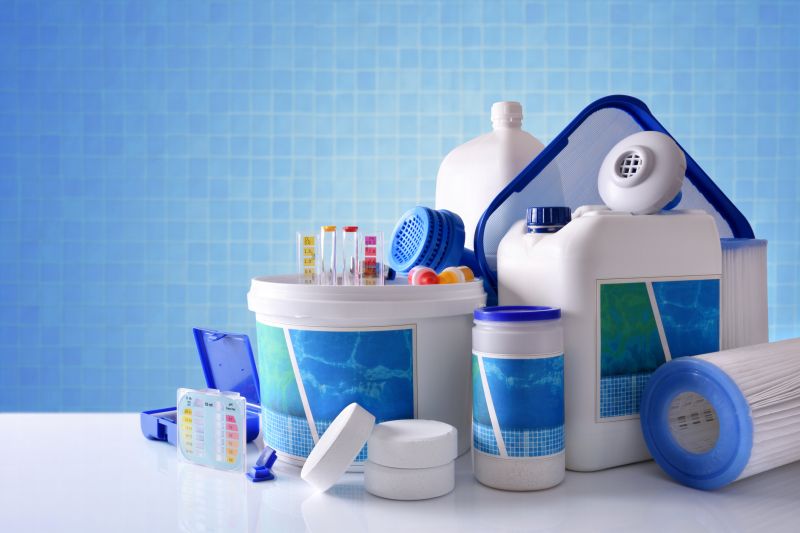
Laboratory testing for contaminant detection.
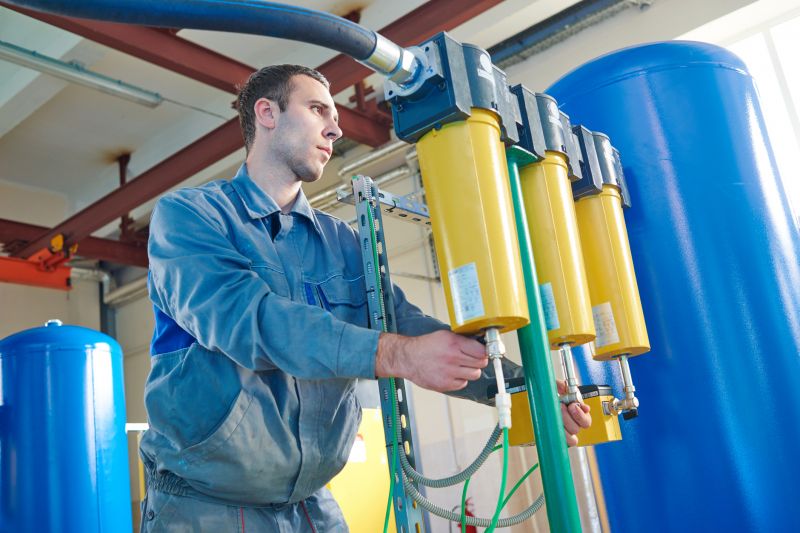
Visual guides for system operation.
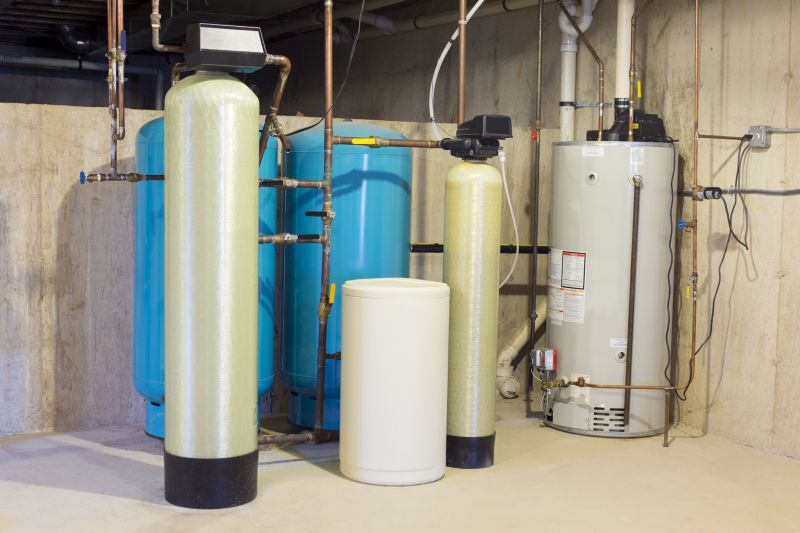
Safe storage for treatment chemicals.
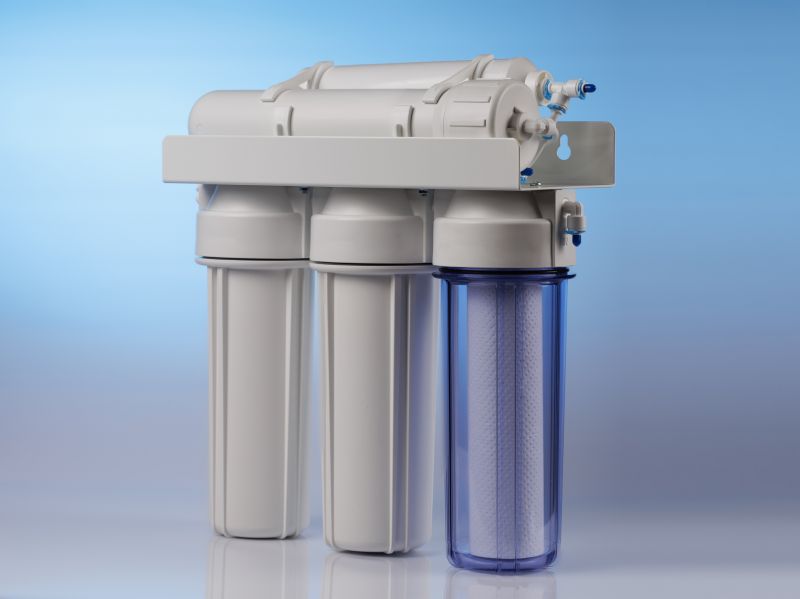
Devices for effective pathogen removal.
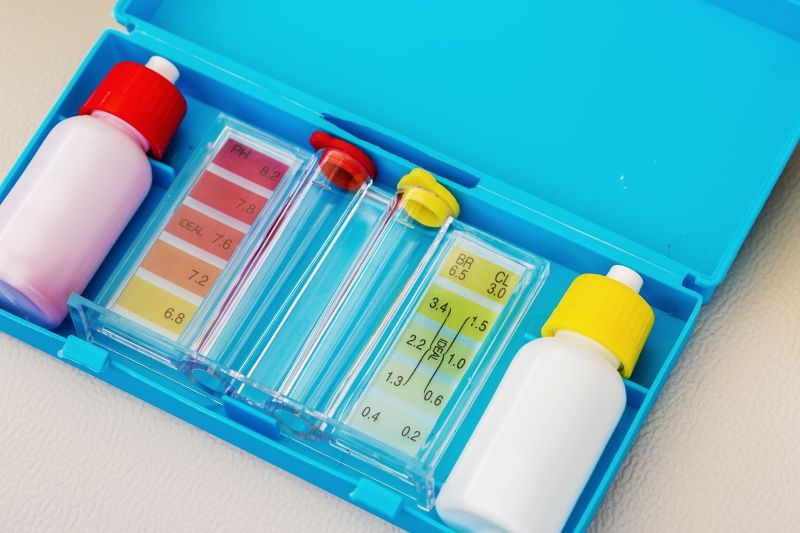
Facilities for detailed water analysis.
| Timing Aspect | Details |
|---|---|
| Spring Treatments | Prepare systems for increased water demand and address winter buildup. |
| Fall Treatments | Ensure water quality before winter and reduce accumulated contaminants. |
| Pre-Operational | Prior to seasonal peaks to maintain water standards. |
| Post-Operational | After high usage periods to restore optimal conditions. |
| Weather-Driven | Adjust timing based on temperature and weather forecasts. |
| Inspection-Based | Schedule treatments following system inspections. |
| Routine Schedule | Set regular intervals for ongoing maintenance. |
| Emergency Response | Perform treatments promptly after contamination events. |
Water treatments are critical for maintaining safe and efficient water systems. They involve processes such as filtration, chemical dosing, disinfection, and testing to remove contaminants and ensure water quality. Proper timing maximizes treatment effectiveness, reduces operational costs, and prolongs system lifespan. Statistics indicate that regular water treatments can decrease waterborne pathogens by over 99 percent and reduce system downtime caused by contamination issues.
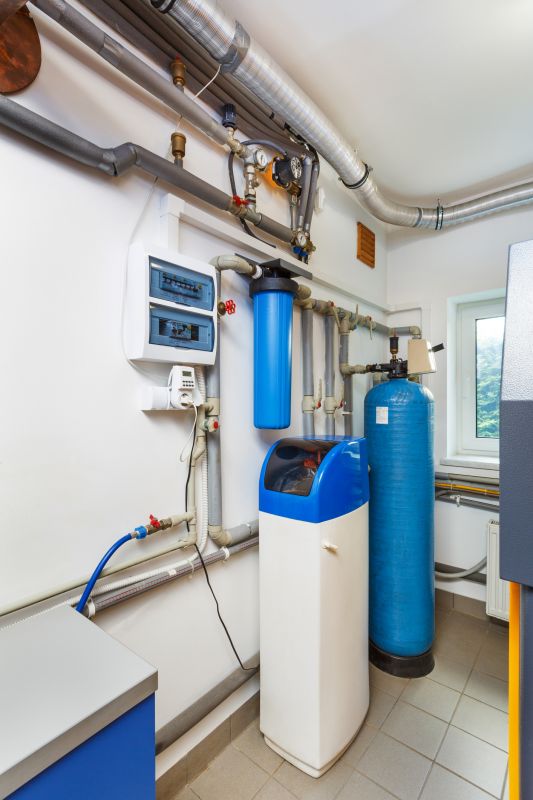
Facility for large-scale water purification.
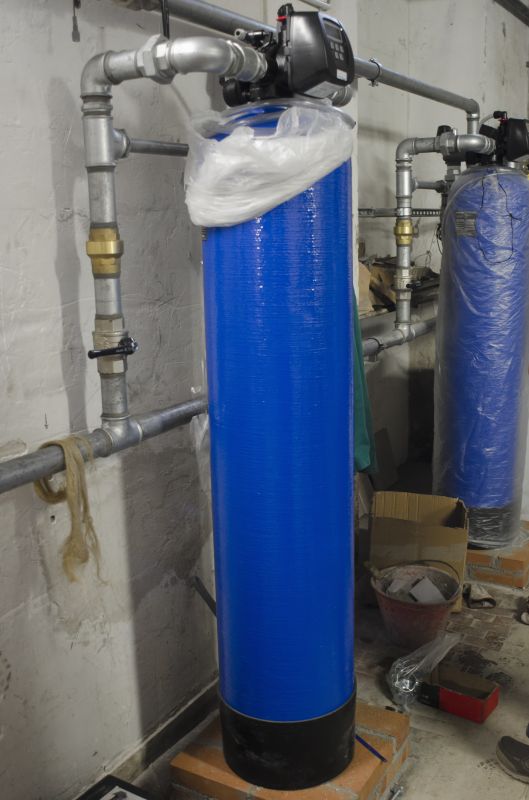
Precise application of treatment chemicals.

Analyzing water samples for quality assurance.
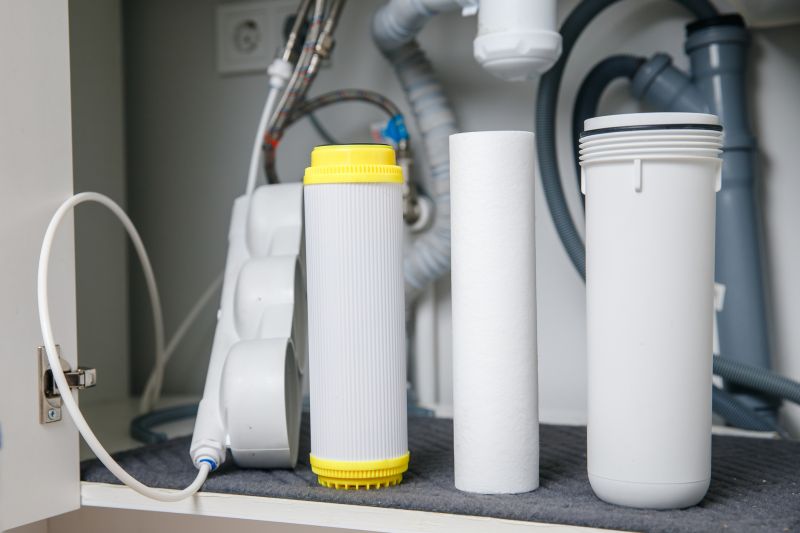
Core elements of water purification.
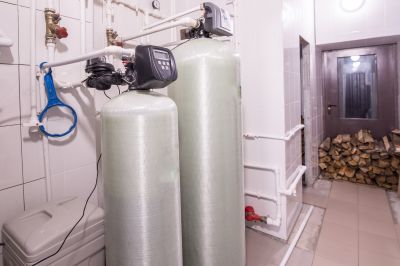
Ways to make Water Treatments work in tight or awkward layouts.
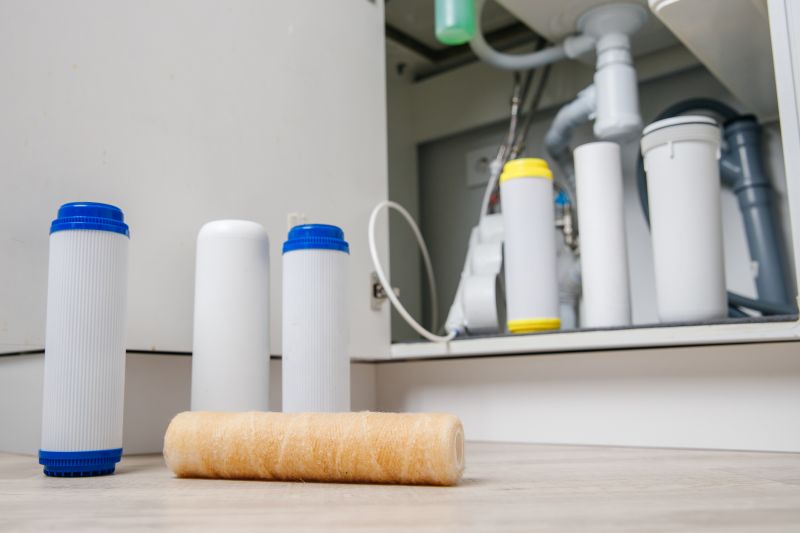
Popular materials for Water Treatments and why they hold up over time.
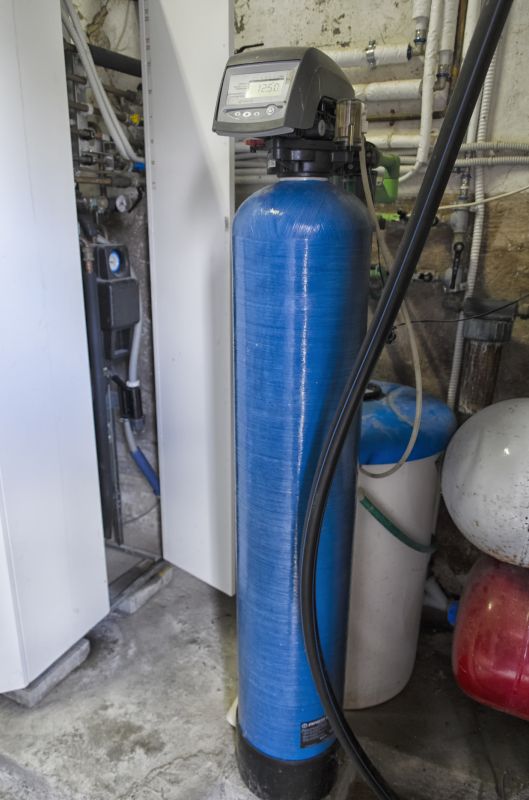
Simple add-ons that improve Water Treatments without blowing the budget.
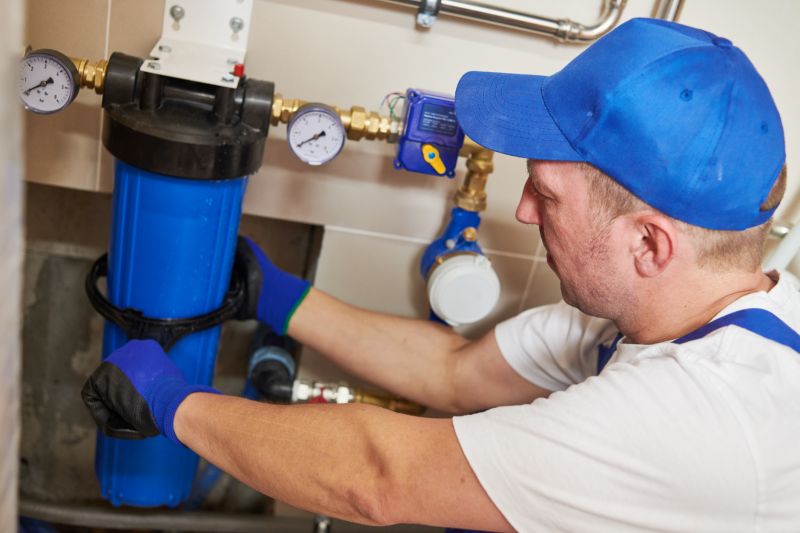
High-end options that actually feel worth it for Water Treatments.
For those interested in optimizing their water systems, filling out the contact form provides an opportunity to discuss tailored water treatment schedules and solutions. Properly timed treatments help ensure water safety, system longevity, and compliance with health standards.

